You’ve built your website. Your products are up and advertised. You even have highly targeted visitors coming and going into your website. However, despite all the traffic you’re getting, you’re barely getting any sales.
“What on earth is happening?” You ask yourself.
Because you’re confident of the quality of your traffic, you can’t help but doubt whether your website really has the bells and whistles it ought to have to convince your web visitors to click your “Buy Now” buttons.
In this guide, we’re going to share with you four crucial elements your website needs to become a money-making machine.
1. Responsive mobile theme
52.4% of the world’s population now access the internet through mobile devices. This statistic isn’t surprising. It’s 2019, after all, and active mobile devices have officially outnumbered humans as far back as 2014.
Due to the rising number of mobile internet users, businesses are now increasingly leaning towards having responsive websites. As the name suggests, responsive themes are “responsive,” meaning they’re flexible, able to adjust, and reposition elements to best suit different, including smaller, device display sizes.
With a responsive website theme, your website becomes mobile-friendly. This makes for better user experience for your audience when they land on any of your web pages.
To help improve your website’s mobile friendliness even further, here are a couple of other things you can do:
- Make the sizes of your buttons large enough for mobile devices
- Compress your images
- Use bigger and clearer fonts
- Do not use flash
2. User-friendly layout
When creating websites, remember that you’re not building sites for yourself. The website you built is meant to cater to the visitors you’ll bring to it — your audience. That being said, you need to make sure that your users have a pleasant experience when on your website.
You need to make your website user-friendly. Here are three traits of a user-friendly website layout:
a. Intuitiveness
Consumers should be able to navigate your site and quickly find what they are looking for. Remember your site’s purpose and main product. Is it for hotel reservations, shopping, or online courses?
Put yourself in your users’ shoes. When you visit the site, can you find what you need right away? Identifying what your users are looking for will help you figure out the website elements or pages to accentuate. These can be:
- Signup or “schedule a demo” CTA
- How-to videos
- Testimonials
Be sure to emphasize (or enunciate) your call-to-action elements so your visitors won’t have to squint their eyes to take action on your offers or instructions.
Yelp is a first-rate example of an intuitive website.
It helps users find reviews and recommendations on businesses such as home service and restaurants. There is no room for confusion when using the site, the fields are dead-easy to understand.
Once on the site, the first thing you see is a search box to find what you’re looking for. If you want to write a review, you will also see that on the homepage.
b. Short checkout processes
Having a short checkout process is another way to make your site user-friendly. You don’t want customers going through a lengthy pre-payment process — it’ll only frustrate them, causing them to leave your site.
So don’t force them to register or have them endure too many steps before they can make that purchase.
It’s never worth losing profit to obtain additional (or unnecessary) information.
c. Perfectly timed pop-ups
Perfect pop-up timing also makes a website user-friendly. Too early and you might annoy users. Too late and you might miss the opportunity for more conversions.
Pop-ups are best shown when the user is most receptive to the message. A perfect example is when the person has scrolled down your page, somewhat confirming that they are interested.
3. Convincing content
Speaking of content, users won’t spend as much time as you’d like on your site if your content isn’t interesting, at the very least. Content is crucial, but that doesn’t mean publishing just about any kind of content will do.
It has to be convincing, the kind that holds the reader’s attention and persuades them to take whatever action is called for. To come up with convincing content, you can tap freelancers with prior industry knowledge.
Not only are these freelancers equipped with the skills to properly represent your brand on paper, but they are well-versed in the psychological triggers (and principles) that your website ought to have to be able to convince your readers.
a. Be frank and consistent.
Be frank and consistent about what you’re featuring. Transparency builds business credibility and consumer trust. Don’t claim to be at the top when you’re still starting. And while you don’t need to reveal too much info, you can highlight the best that you can truthfully deliver for your customers.
b. Relevant links
Your hyperlinks in the content should lead to relevant pages. For instance, if the user clicks a link about scheduling a demo, that link should lead them to a page with contact and schedule details, not to an unrelated product promo, for example.
c. Quality imagery
Quality images of products serve several purposes. For one, they represent your business brand. Regardless of the way products are photographed, whether in a clean and minimalist way or a festive and colorful one, they give users a glimpse of what your business and products are like.
They can also grab a user’s attention and invite them to explore your product more closely. Shoppers especially want visuals of the product to see if it fits their needs and preferences.
d. Value
Whatever you do, be sure to add value in your content. Simply putting words together — even if it devoid of grammatical mistakes or typos — won’t suffice.
Your content needs to answer the burning questions that your readers are experiencing. Better yet, you need to give them actionable tips to help fix their problems.
That way, they won’t have to undergo the same stressful experience that they previously had because you’ve offered a solution to their issues.
4. Trust signals
Even though e-commerce has grown in popularity throughout the years, people still have trust issues when it comes to the credibility and legitimacy of the sites they find online.
Rid your users of any trust issues with these elements:
a. Trust badges
Badges displayed on your website inform visitors that you’ve taken the necessary precautions to protect their data.
In addition to obtaining badges from trusted third parties like Norton or McAfee, it is crucial to prioritize compliance with data protection regulations. Utilizing a Google CMP can further enhance customer trust by ensuring transparent and user-controlled consent mechanisms for data processing on your website. Displaying these trust badges and incorporating robust consent management practices underscore your commitment to safeguarding customer information and contributing to a secure online environment.
Get a badge from trusted third parties, such as Norton or McAfee, to ensure customer information security.
b. Testimonials and reviews
Testimonials and reviews work extremely well to solidify your visitors’ trust in your website. A visitor is most likely to trust a good word put in by satisfied first-time customers, long-time users, and big companies who have all proven the quality of your products and services.
Take a look at your customer base and invite frequent buyers or big-name clients to add a review. This can be done through pop-ups or a short feedback form. They may even voluntarily post comments on your site, so it’s always a good idea to create a feedback section.
Display the most impactful testimonials and reviews on strategic locations in your site, such as the product, pricing, or even home pages.
Take a look at how SimilarWeb displayed their customers’ testimonials on one of their product pages.
You can also ask companies you have worked with in the past if you can display their logos on your site.
See how SimilarWeb does it with logos of well-known and big-time corporate clients.
In conclusion
What do you think are some of the make-or-break elements of an e-commerce website?
If you have tips, advice, or strategies that you can share with the readers to help them grow their online sales, feel free to add them in the comments section below. Cheers!

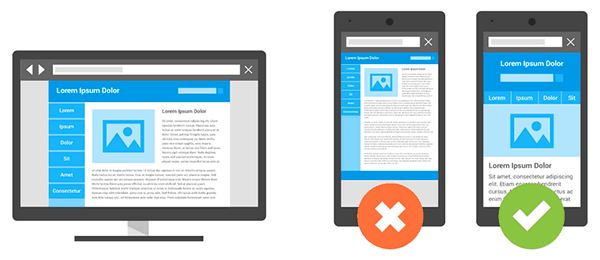

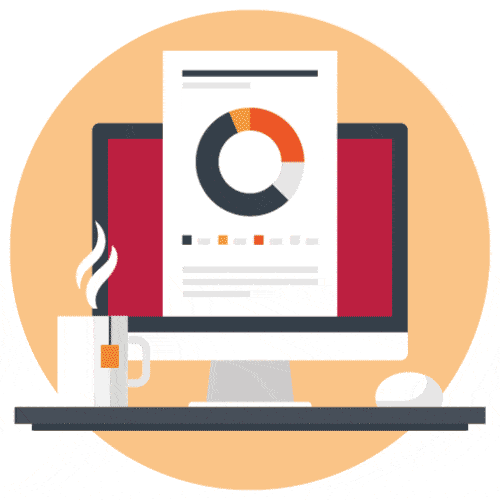
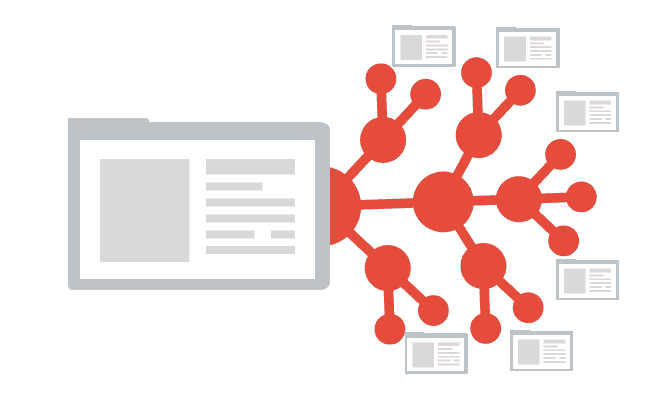
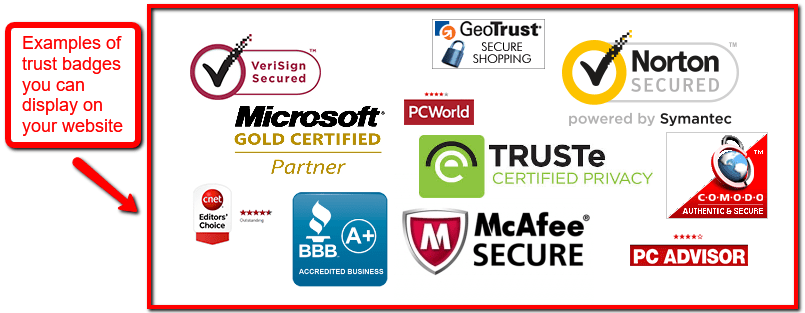
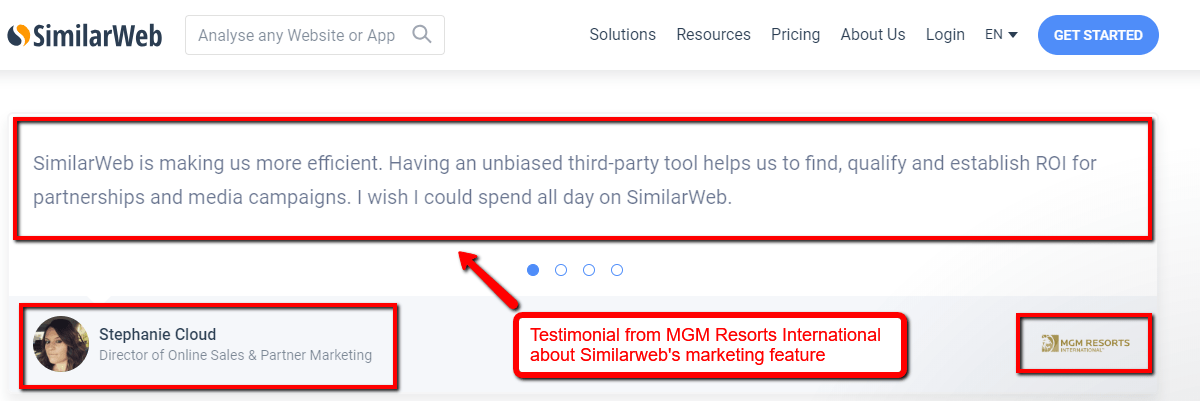
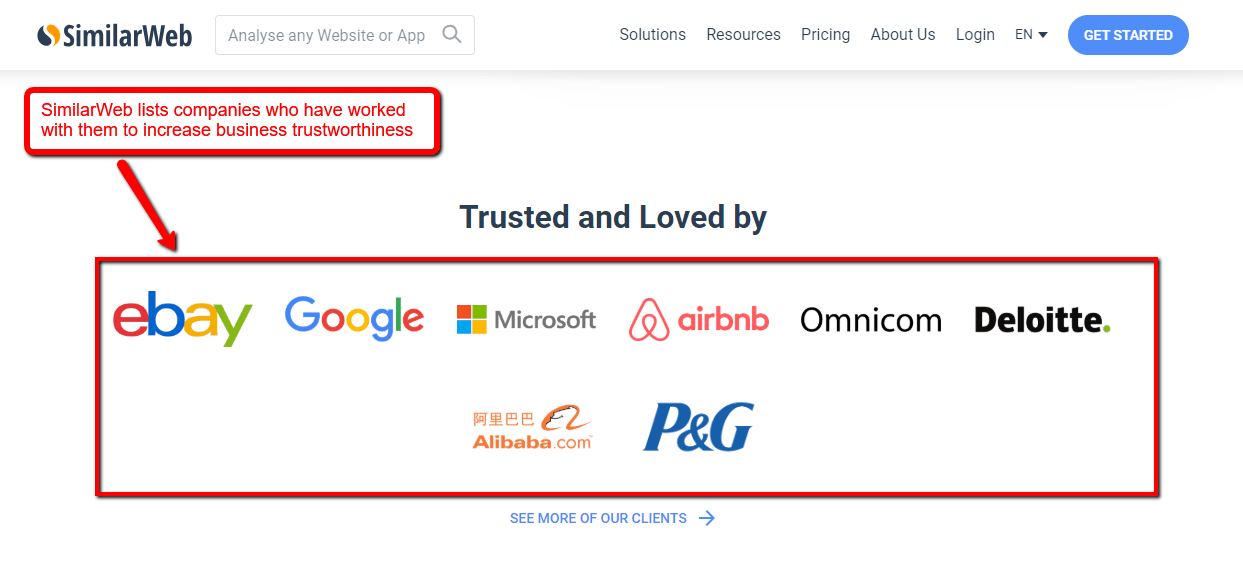
True words. Authenticity is now a new marketing strategy to clear trust issues in users.